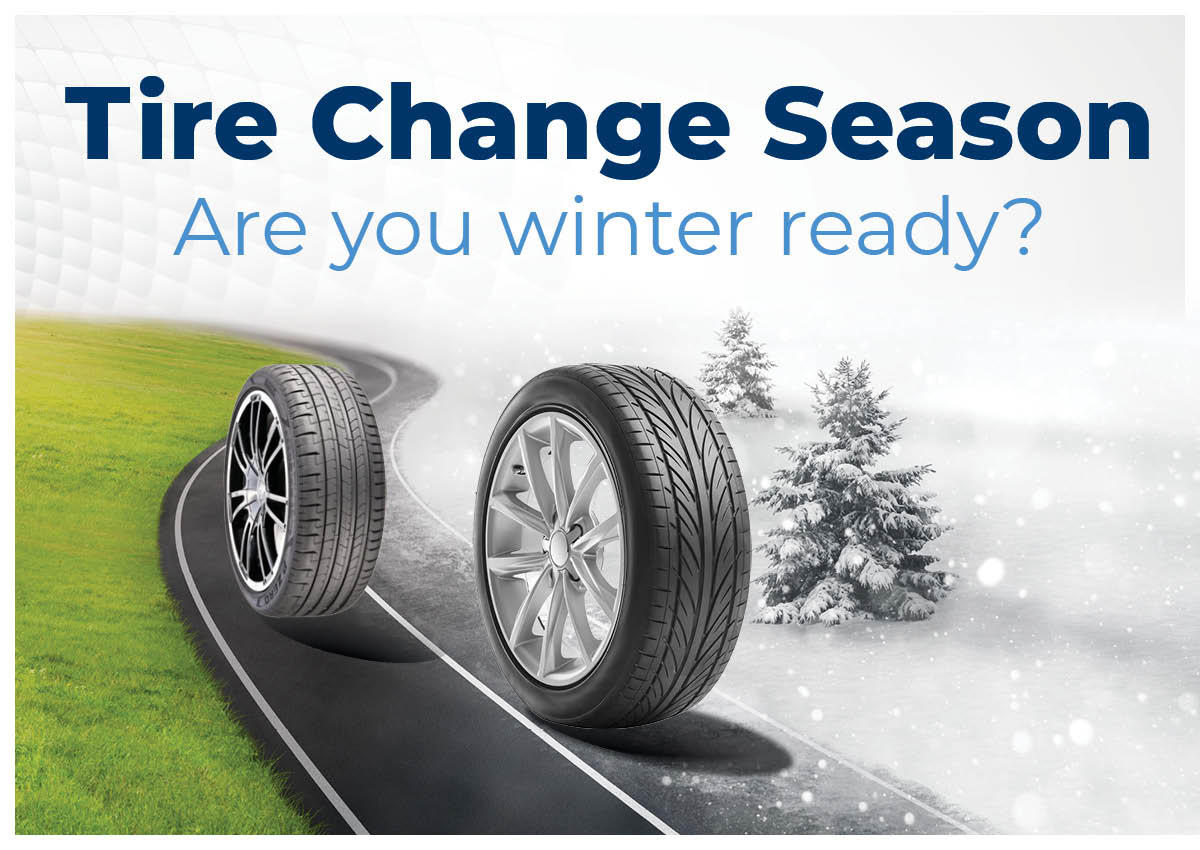 Are you investing in seasonal tires this winter? Leaves are falling and temperatures are dropping, winter is just around the corner. Preparing your vehicle for winter driving conditions is crucial if the winter temperatures where you live are regularly below 32˚ F. Regardless of many studies proving the effectiveness of winter tires, many drivers put full faith in a standard set of all season tires without investing in tires built for winter driving conditions. Is your safety worth saving a few extra bucks?
Are you investing in seasonal tires this winter? Leaves are falling and temperatures are dropping, winter is just around the corner. Preparing your vehicle for winter driving conditions is crucial if the winter temperatures where you live are regularly below 32˚ F. Regardless of many studies proving the effectiveness of winter tires, many drivers put full faith in a standard set of all season tires without investing in tires built for winter driving conditions. Is your safety worth saving a few extra bucks?
In order to make an educated decision, it is important to understand that winter tires are designed to perform differently than standard all-season tires. Winter tires are developed to ensure peak performance in inclement weather conditions including superior traction and braking distance. Winter tires are formulated to produce grip at low temperatures and they have a tread that features a pattern of elements that are oriented to “physically bite” into the snow. When comparing these two types of tires in winter conditions the difference is very clear. During a 60mph stopping test, winter tires were able to bring the same vehicle to a standstill 59 feet shorter than all-season tires (Edmunds). In many emergency situations those extra feet could make the difference in preventing a collision. On average, winter tires can account for as much as 30% shorter stopping distances at temperatures just below freezing (TRAC).
When it comes to safety in winter driving, having the appropriate set of tires for different driving conditions is important, but ensuring proper maintenance of that set of tires is equally important. Rotating, balancing, and aligning tires are all vital practices to get the most life out of a set of tires; however, according to RMA, under-inflation is the most common cause of tire failure. The side wall of a tire experiences more flex when under-inflated, resulting in sluggish handling, longer stopping distances, increased stress to tire components, and heat buildup. Monitoring tire pressure in winter months is particularly critical as tires can lose 1-2 psi for every 10-degree drop in temperature. Ensuring your tire pressure monitoring system (TPMS) is properly functioning this time of year is a vital step in avoiding problems once winter weather arrives.
The benefits of installing winter tires are proven, however without ensuring proper air pressure on that set of tires, they are not able to perform to their maximum capabilities. Tire pressure monitoring systems have revolutionized tire safety and performance in all driving conditions. Many drivers overlook their TPMS system when switching sets of tires, leading to safety risks. Having properly functioning tire pressure monitoring sensors in a winter set of tires can make a lifesaving difference in your winter commute.
Sources:
Edmunds, D. (2009, October 26). Tire Test: All-Season vs. Snow vs. Summer. Retrieved September 20, 2017, from https://www.edmunds.com/car-reviews/features/tire-test-all-season-vs-snow-vs-summer.html
TRAC. (2016, November 16). Winter Tire Report. Retrieved September 28, 2017, from http://cdn2.hubspot.net/hubfs/686675/Winter%20Tire%20Campaign%202016/TRAC_winter_tire_report_2016.compressed.pdf
